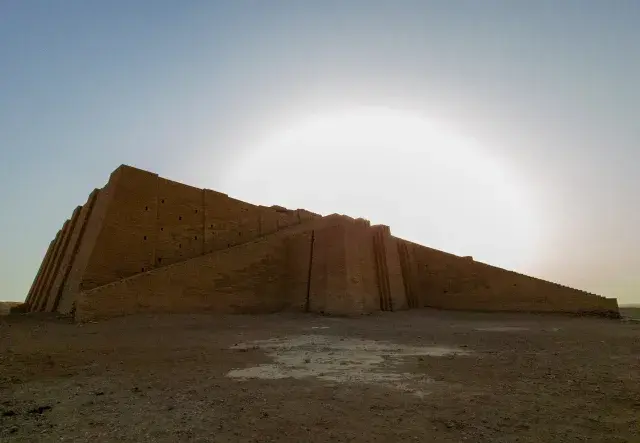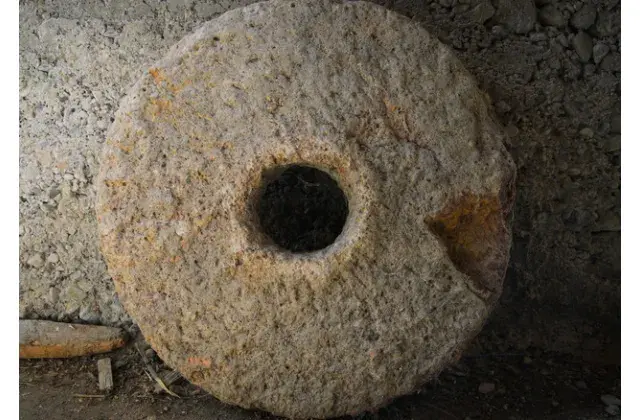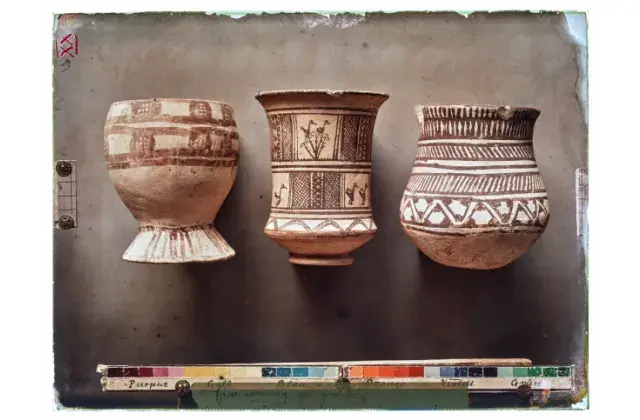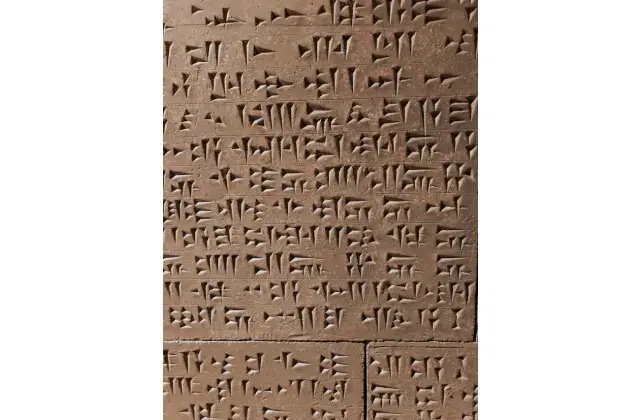Urbanisation in Eridu, Uruk, and Ur (c. 5400 – 2800 BCE)

To highlight human civilisation’s first cities, without doubt, we have to refer to the great cities the Sumerians built. In Sumer, villages evolved into cities; the surplus of food and development of trade made it possible to feed more people who settled in the same place. The emergence of Sumerian city-states, showcases organised communities and the development of governance and urbanisation. With the rise of population hence agricultural productions, the overflow of water had to be regulated and irrigation systems and canals had to be dug to serve the existence of the Sumerian city-states. To make sure water is divided equally in a regulatory process, the establishment of governing bodies was necessary that had power over individuals and communities.
In constructing their city-states, the Sumerians relied on locally available construction materials. Due to lack of available stone materials in the Sumerian region, they utilised mud-bricks, the main construction material in building their temples, columns and palaces. One of the common features of these city-states was the main temple, constructed on raised platforms known as ziggurats. These ziggurats were the characteristics of architectural and religious structures in the Sumerian cities. The temples were perhaps efforts to keep these settlements bound with their geographic areas. The most prominent of these Sumerian cities were Eridu, Uruk, and Ur.
Eridu is considered to be the first city founded by the Sumerians, locating in present-day mound, Abu Shahryan in the the south near the mouth of Euphrates close to the marshes. Eridu was built at the integration of population groups with diverse cultures: fisher-hunters skilled in fishing and reed-based construction, the Samarra culture known for canal-building and mudbrick techniques, and nomads dwelling in semi-desert regions. The city was home to the temple of Enki, god of freshwater and wisdom. Professor Mark Altaweel emphasises that for these early settlements the god Enki might symbolise the crucial role water had in their continuity and survival. Built around 5000 BCE, Eridu is a ruin of thousands of years of history and human occupation. The enormous timespan of human occupation in Eridu means the city has gone through numerous building and rebuilding on top of each other, leaving archaeologists with layers of ancient human history.
Uruk modern Warka in Iraq is located in the south of Iraq, in the fertile land between the two flowing rivers. For its time, Uruk was considered to be the greatest city on earth in ancient Iraq, where around 3600 BCE major buildings were constructed in the city that could be seen from afar. Uruk was home to multiple temples such as the temple of Inanna, goddess of love and war and the temple of Anu, god of sky. Anu’s ziggurat or the White Temple was built with limestones that were transported away from the desert. Excavators estimate that 1500 workers could have worked for a period of five years to construct the temple. These increased and intensified human activities as well as organised labour work were essential in the urbanisation process of these early settlements. The strategic location of Uruk, with a vast arable land facilitated a fast population growth, making it the most populous city at that time. One of the greatest legacies and achievements of Uruk is the invention of writing. Throughout this era, small villages expanded into significant urban hubs, witnessing the development of social hierarchies and the formation of militaries. The establishment of bureaucracies became feasible due to the development of a writing system.
Ur, located on the bank of the river Euphrates in the present day Dhi Qar province, was built around 3800 BCE on a strategic location that enabled trade and a luxurious life. Ur stood as an influential city that functioned as a cultural and religious hub among the Sumerian city-states. It was home to the ziggurat of the moon-god Nanna-Sin, once a massive stepped pyramid, now stands as a popular tourist attraction in Iraq. The excavations of English archaeologist Sir Leonard Woolley between 1922-1934 and the discovery of the 35,000 artefacts, including the mass burial tombs of Ur were very significant to understand the many socio-cultural aspects of life in Ur. His findings shed light on burial practices, international trade and distance links to other areas. Sixteen of those burial tombs are known as Royal Graves, that were the last resting places of the ruling and high status figures at Ur. The goods found in these tombs illustrate elaborate and organised burial rituals, such as burying valuables and luxury goods with the deceased as well as practising human and animal sacrifices. Excavation in Ur still continues to this day, driven by the discovery of yet-unfound treasures that could offer further insights into one of the earliest advanced cities in history. Recent archaeological discoveries in Ur shed light on the significance of this era that marked the start of the global economy, indicating trade with far distances. Ur as a wealthy centre drew traders from as far away as the Mediterranean Sea and the Indus civilisation; traded items in Ur included timber, copper, precious stones, ivory, wool and textile productions, wheat and grain.
This article was written by Renas Babakir and is licensed under CC BY-NC 4.0.






